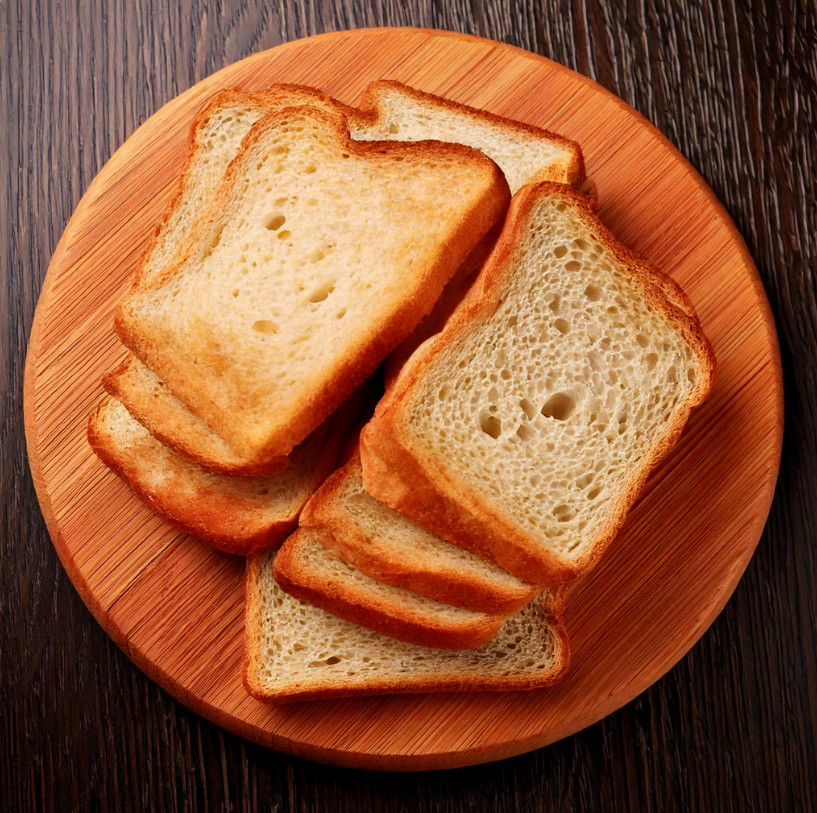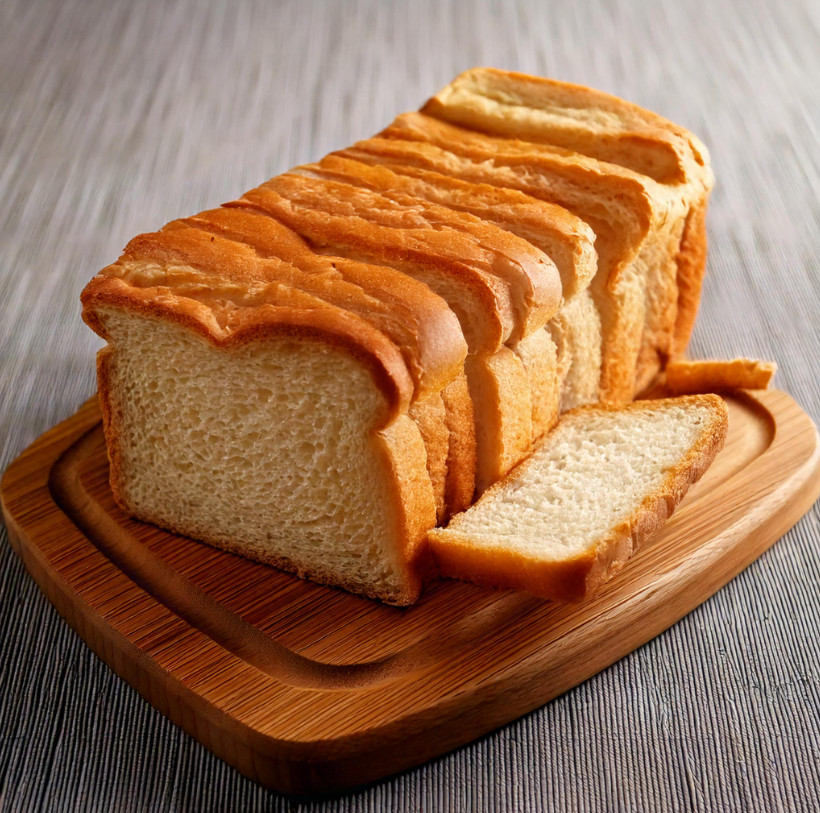Creating your own sandwich bread at home is rewarding and delicious. This easy-to-follow recipe will guide you through each step to make soft, fluffy bread that’s ideal for sandwiches.
Why Make Your Own Sandwich Bread?
Making sandwich bread from scratch lets you control the ingredients, ensuring a healthier and fresher alternative to store-bought bread. Not only is it budget-friendly, but it also fills your home with the irresistible aroma of fresh-baked bread.
Ingredients for Sandwich Bread
To get started, gather the following ingredients:
- Bread flour – for a chewy texture
- Yeast – active dry yeast or instant yeast works well
- Sweetener – sugar or honey helps feed the yeast
- Salt and oil or butter – these add flavor and moisture
Using quality ingredients is essential for a tender, flavorful loaf. Learn about yeast types and more baking recipes.
Step-by-Step Sandwich Bread Recipe
Here’s how to make perfect sandwich bread:
- Activate the Yeast
- Mix yeast with warm water and a pinch of sugar. Allow it to sit for 5–10 minutes until it becomes foamy.
- Combine Ingredients and Knead the Dough
- Add flour, salt, and butter or oil to the yeast mixture. Knead the dough until smooth and elastic, about 8–10 minutes by hand, or 5–7 minutes using a mixer.
- Let the Dough Rise
- Place the dough in a greased bowl, cover with a cloth, and let it rise for about 1–2 hours, or until doubled in size.
- Shape and Second Rise
- Punch down the dough, shape it into a loaf, and place it in a greased loaf pan. Let it rise again until it’s about an inch above the rim of the pan.
- Bake
- Preheat the oven to 350°F (175°C) and bake the bread for 30–35 minutes, or until golden brown.
- Cool and Slice
- Allow the bread to cool completely before slicing to prevent it from becoming gummy.

Tips for Baking the Best Sandwich Bread
For consistently soft and fluffy sandwich bread, keep these tips in mind:
- Use Warm Water – This helps activate the yeast effectively.
- Knead Properly – Kneading is key for gluten development, which gives bread its structure.
- Monitor Rising Times – Over-proofed dough can collapse, while under-proofed dough might turn out dense.
Common Problems and How to Solve Them
If your bread doesn’t turn out as expected, these tips can help troubleshoot:
- Dense Bread: This may result from insufficient kneading or rising time.
- Flat Bread: Often caused by inactive yeast or over-proofing.
- Dry Crust: Adding a bit more fat or covering the bread while it cools can help soften the crust.
FAQs
Can I use all-purpose flour instead of bread flour?
Yes, but bread flour is recommended for a chewier texture.
How should I store homemade bread?
Store in an airtight container at room temperature for up to three days, or freeze for longer storage.
How can I make my bread softer?
Adding a little extra butter or oil will make your bread softer.
Variations to Try
Experiment with these variations to make the recipe your own:
- Whole Wheat: Substitute part of the bread flour with whole wheat flour for added fiber.
- Honey Bread: Use honey as your sweetener for a rich, golden flavor.
- Gluten-Free: Opt for a gluten-free flour blend if you’re gluten-sensitive.
Making your own sandwich bread recipe at home is simple, cost-effective, and rewarding. With this guide, you’ll enjoy fresh, fluffy bread perfect for sandwiches or toast.

